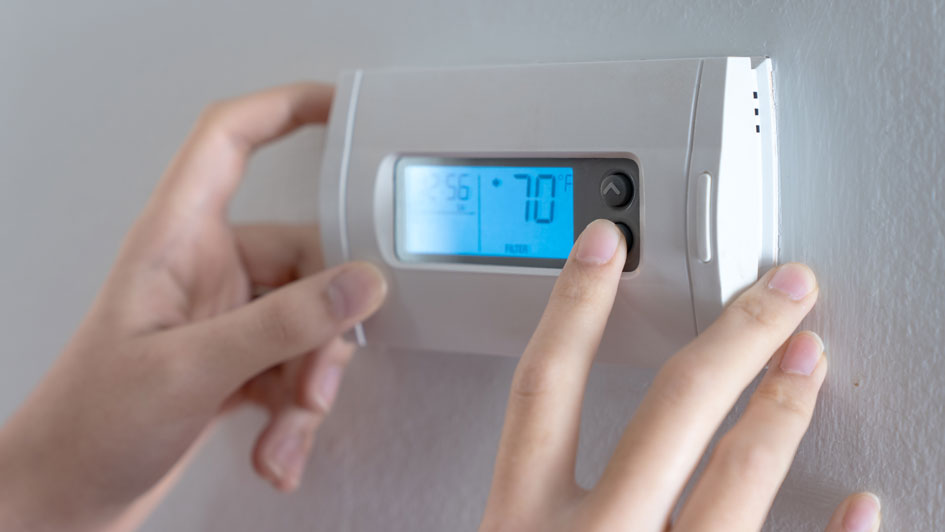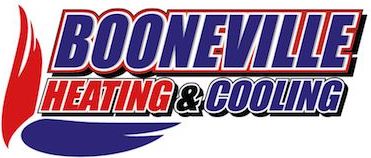
It's always nice when we manage to save money on our utility bills, but it just so happens there’s a way to lower energy use, even when you're not even home.
The key is your thermostat. By learning more about its special features and settings, you can structure its daily schedule around your personal preferences. That means you can have different temperature settings for when you’re home, away or even when you’re asleep.
By trying a few of these schedules, you can enjoy comfy temperatures while also keeping more of your money. Take a look at a few ways your thermostat can be a source of energy savings:
While at Home
When you’re home, you want to enjoy a comfortable temperature. It's only natural to want your thermostat lower in the summer while you are in the house to make the most of the cool air.
But in terms of energy efficiency, the best range for the summer is in fact anywhere between 78 and 80 degrees Fahrenheit. By adjusting things a few degrees, you'll keep cool while still lowering your monthly energy bill.
While Away
When setting the temperature for a vacation or other trip away from the house, the majority of homeowners will set the thermostat higher than normal.
Depending on the local climate or your home's location, you can set the thermostat to higher temperatures like 88 degrees while no one is home before lowering it back to the sweet spot of 78-80 degrees once you're home again. This way, your air conditioning system isn't working around the clock to provide cooling for a bunch of empty rooms.
While Asleep
When it comes to sleeping in the summer, you want a nice cool temperature. A good rule of thumb is between 68-72 degrees Fahrenheit. This will keep you from getting too hot or too cold at some point overnight.
Other Ways to Use Less Energy:
- Smart thermostat installation: Trying a smart thermostat in the summer helps save money on energy costs as it forms temperature schedules according to your lifestyle and home environment. It'll take care of making changes while you are home or sleeping, while allowing it to get a little warmer when no one is around. Using reputed brands and models such as the Lennox iComfort, you have the ability to remotely access and change the temperature through your smartphone, tablet or laptop. Requesting smart thermostat installation in your Booneville home can be the simplest strategy for maintaining comfortable, yet energy-efficient temperatures even when you aren’t home.
- Upgrade your HVAC system: A high-efficiency HVAC system saves money right from the start. By investing in a more energy-efficient system, lower utility bills won't be far behind since it requires less energy to heat and cool your home. Air conditioning installation in Booneville is a great way to beat the heat in the summer.
- Schedule annual AC maintenance: Investing in or ignoring regular air conditioning maintenance in Booneville can have a serious effect on your total monthly energy use. If you stay on top of cleaning key components like the coils, checking for damage and clearing air vents of dust and debris, you may notice your HVAC system perform better during day-to-day use.. Higher energy efficiency will also reduce strain on important or delicate components and lowers operational costs, lowering total energy use and eventually the total monthly bill.
- Replace your air filter regularly: Cleaning or replacing the air filter regularly saves money by helping air flow efficiently through your air conditioner. When filters are old and less effective, your air conditioner will have to work harder, and the strain can reduce the system’s life span and cause breakdowns.
- Check your attic insulation: Insulation is a crucial component for any energy-efficient home, securing the hot air outside and the cool air inside during the summer. The North American Insulation Manufacturers Association (NAIMA) offers an official recommendation stating homeowners in souther states should install at least 13-14 inches of insulation, while colder climates do better with 16-18 inches.
- Review your ventilation: Leaky ductwork can raise your energy bills much more than 20 percent, plus it can affect equipment such as your water heater, clothes dryer and other appliances to get into the atmosphere of your home. Finding any leaks fast and sealing them can help with both these issues.
- Seal all other leaky spots in your home: Sealing up other leaks in your home with caulk, foam sealant or weather-stripping keeps temperatures a little cooler on hot summer days. It’s also important to check for any gaps around windows, doors and even outdoor fixtures. Taking the time to seal up any leaks now can help you save a lot in the long term.


